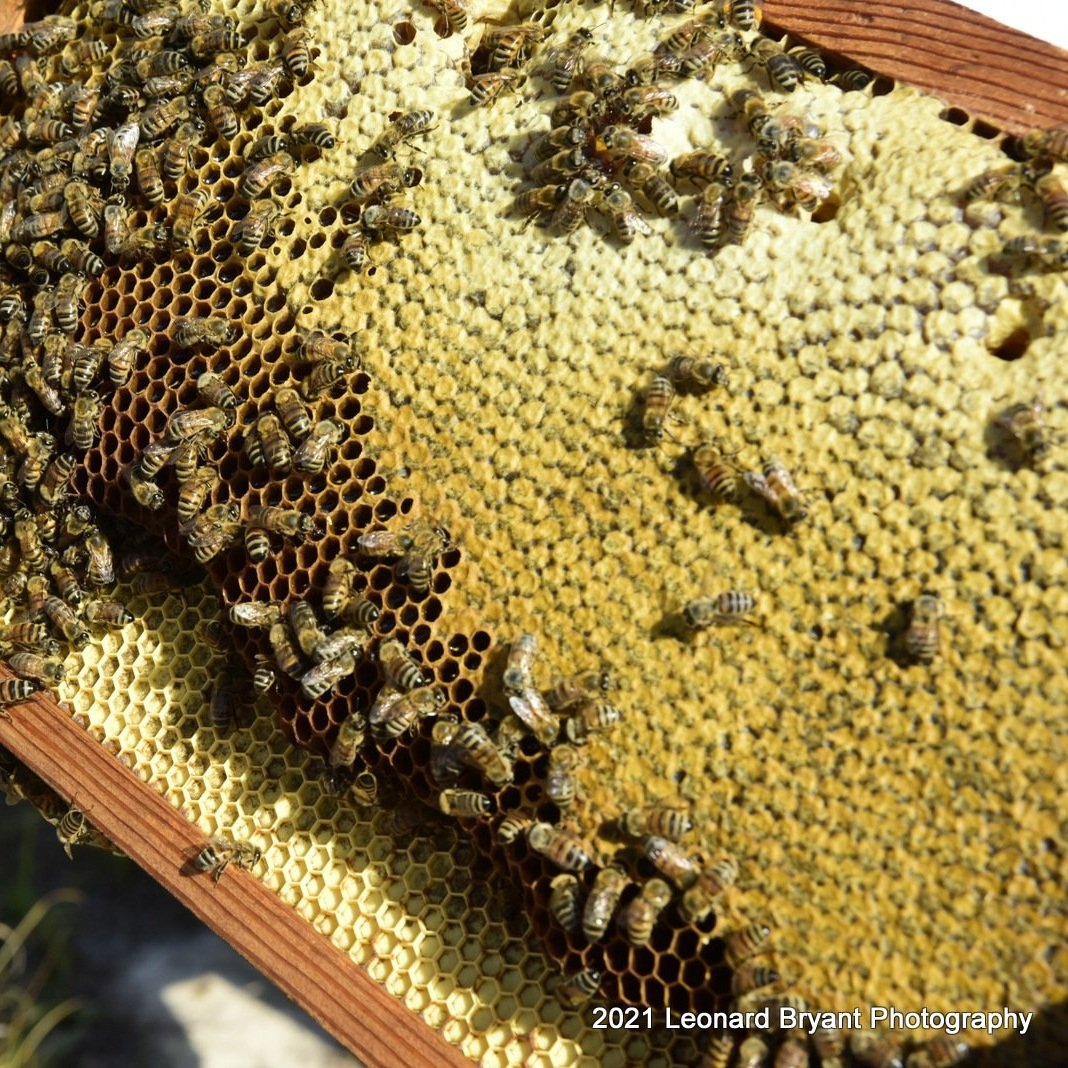The importance of a varied and nutritious bee diet is known, but still not fully understood. It is vital to leave enough honey for the colony to thrive.
Removing drone brood is beneficial, this time of year. As resources dwindle, the workers will do the same.







